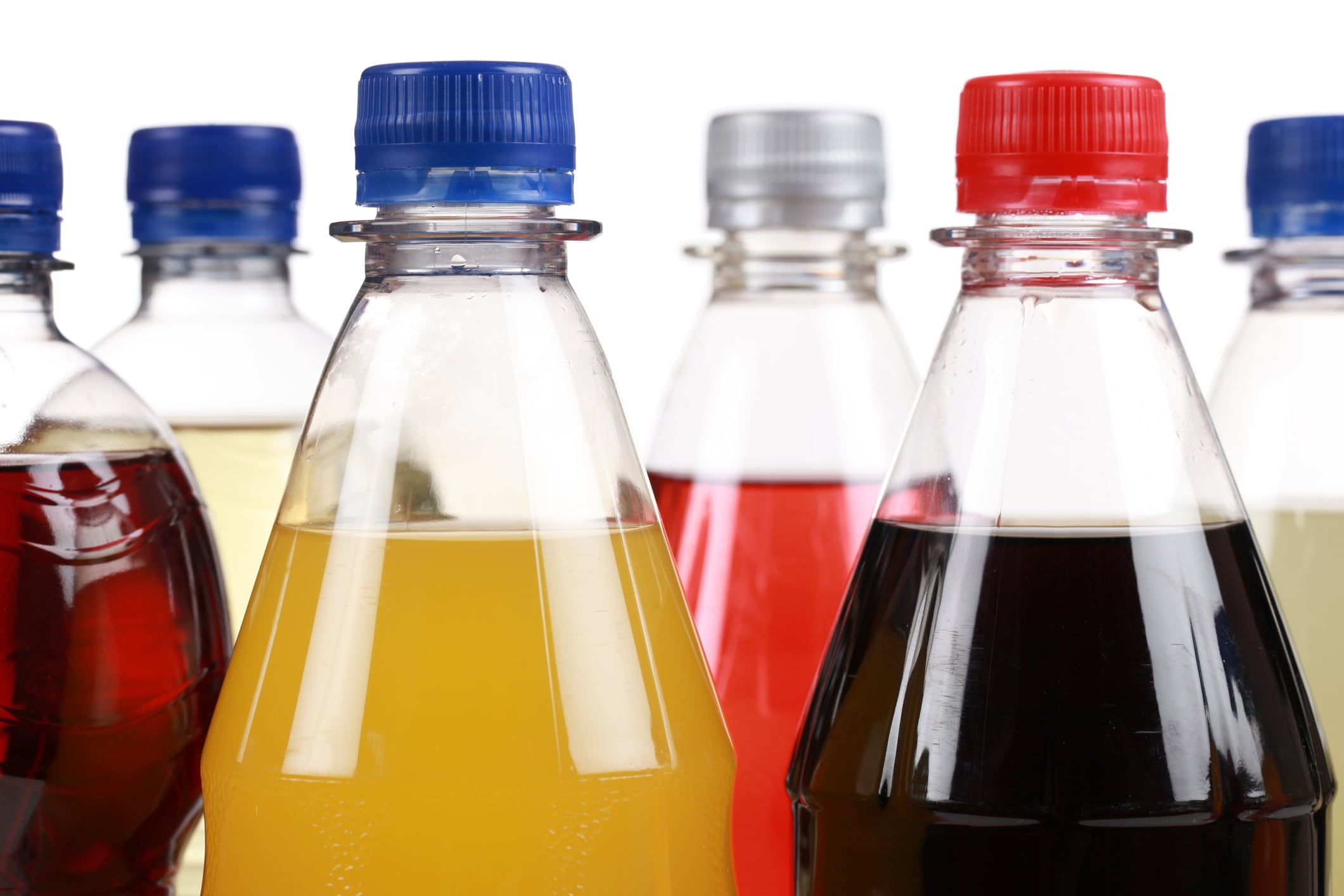The sugar tax targeted any non-alcoholic beverages to which colorants, flavorings or added sweeteners. It applied to beverages with an added sugar concentration of 6.25 grams per 100ml or more, with the previous tax increasing from 13% to 18%. On the other hand, beverages with sugar levels below this threshold benefited from a decrease in tax from 13% to 10%, producing an 8% tax difference.
Data published in PLoS Medicine by scientists from the University of York (UK) and the University of Chile in Santiago indicated that the greater decreases were seen in the middle and high socioeconomic groups, with only a 12% reduction seen in purchase volume for the low socioeconomic group.
However, the volume of non-sugary soft drinks, for which the tax rate had been decreased, showed no increase in purchased volume for any socioeconomic groups, reported the researchers.
“The results suggest that the Chilean tax policy may have been effective in reducing consumption of sugary drinks, though not necessarily to reduce socioeconomic inequalities in diet-related health,” said Marc Suhrcke, Professor of Global Health Economics at the University of York.
“Further evaluations are needed to analyze the policy effect on purchasing of soft drinks in the long run as well as to evaluate the impact on health outcomes.”
“Other countries may take heart from our findings”

Study co-author, Professor Cristóbal Cuadrado from the University of Chile, added: “Our results suggest an overall reduction of sugar consumption after the implementation of the tax in Chile. From a public health perspective, even a small reduction in sugar intake at the population level could lead to significant health gains.
“Other countries may take heart from our findings, in that it indicates that the tax incentive may not need to be huge to have impact. It also shows that there may be more than one way in which an SSB tax can be implemented with some success.”
Contradictory data?
Another paper, also published in PLoS Medicine, and found that any modifications in Chile were “small”.
“The modifications of Chile’s SSB [sugar-sweetened beverage] tax were small, and observed changes in prices and purchases of beverages after the tax were also small,” wrote the authors. “Our results are consistent with previous evidence indicating that small increases in SSB taxes are unlikely to promote large enough changes in SSB purchases to reduce obesity and noncommunicable diseases (NCDs).”
This conclusion was based on analysis of prices and purchases before and after the introduction of the tax.
As expected, the post-tax monthly price of the high sugar beverages did increase but only by 2-3.9%, while prices for the low-sugar beverages (that benefited from the tax cut) fell by 1.5-6.7%.
The analysis also showed that the monthly household per capita purchases of the high-sugar beverages decreased by 3.4% by volume and 4.0% by calories. Echoing the other study, the greatest decreases were seen among households from the high socioeconomic status.

The data was collected between January 2013 and December 2015, and the researchers note that July 2016 law in Chile implemented front-of-package warning labels, while also restricting marketing to children of all foods and beverages containing high levels of sugar, sodium, saturated fat, or calories. The law also restricted sales in schools.
“[This] could have had additional influence on both commercial beverage industry behavior and consumer behavior in the time period leading up to the implementation of those regulations,” said the researchers. “Given the substantial regulatory changes underway in Chile’s food environment since 2014, a critical question for future research is whether this small SSB tax modification, along with the newer marketing and media controls and front-of-package labels, will result in sustained changes in Chileans’ dietary intake with potential downstream effects for [socio-economic status] disparities in obesity and NCDs.”
Taxes on sugar-sweetened beverages
Numerous countries around the world are exploring the idea or have imposed taxes on the consumption of sugar-sweetened beverages.
Other LATAM countries that have imposed taxes on sugary beverages include Mexico, Barbados and Dominica. In Mexico, which introduced a 1 peso per liter soda tax in 2014, an analysis published in Health Affairs in March 2017 found that the 5.5% drop in the first year after the tax was introduced was followed by a 9.7% decline in the second year.
Barbados and Dominica levied a 10% excise tax on sugar-sweetened beverages in 2015.
Colombia proposed a 20% tax on sugar sweetened beverages, but this was killed on the last day of 2016 after being dropped from a larger tax overhaul package (for full details, read this New York Times article). A study published in PLoS ONE concluded that the 20% soda tax in Colombia could have yielded 1% of the government’s total annual fiscal revenue.
Source: PLoS Medicine
doi: 10.1371/journal.pmed.1002596
“Evaluating the 2014 sugar-sweetened beverage tax in Chile: An observational study in urban areas”
Authors: R. Nakamura, et al.
PLoS Medicine
doi: 10.1371/journal.pmed.1002597
“Chile’s 2014 sugar-sweetened beverage tax and changes in prices and purchases of sugar-sweetened beverages: An observational study in an urban environment”
Authors: J.C. Caro, et al.

